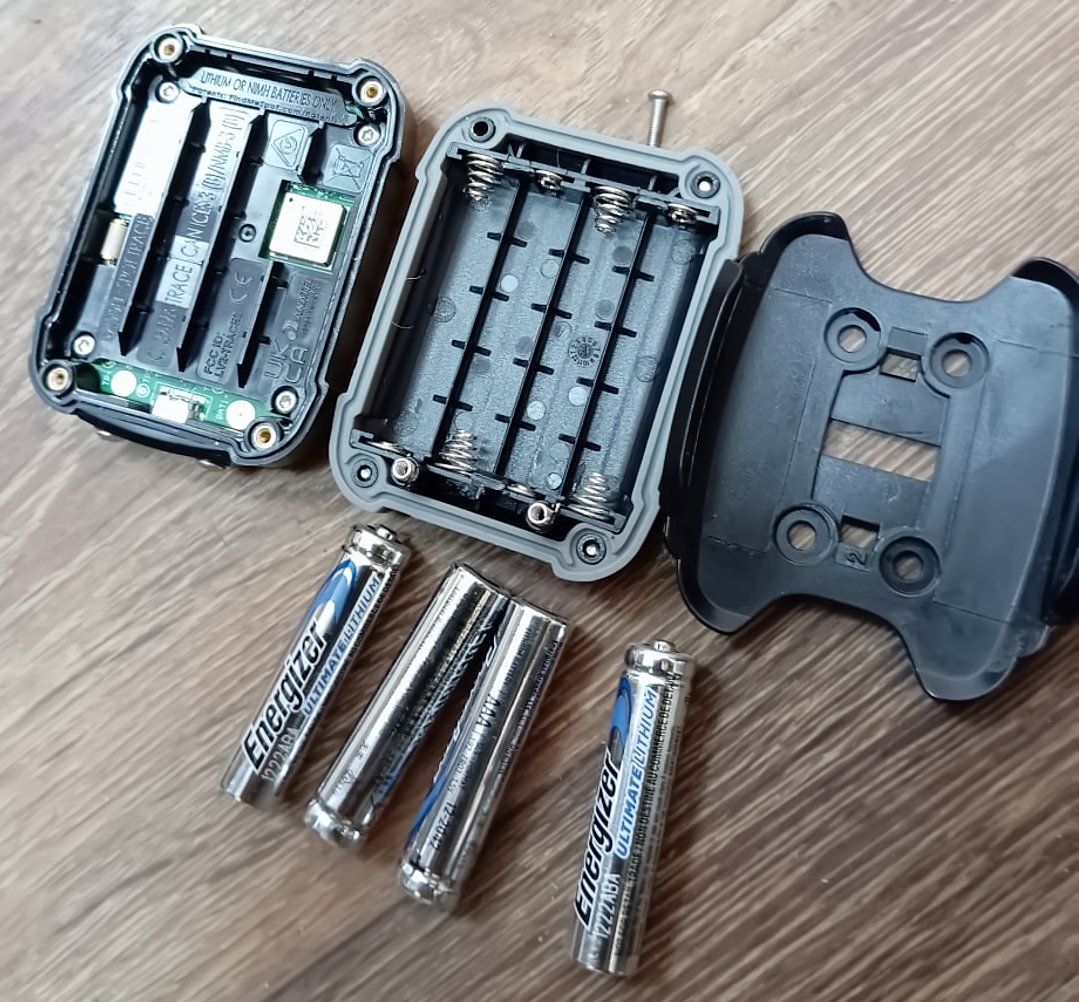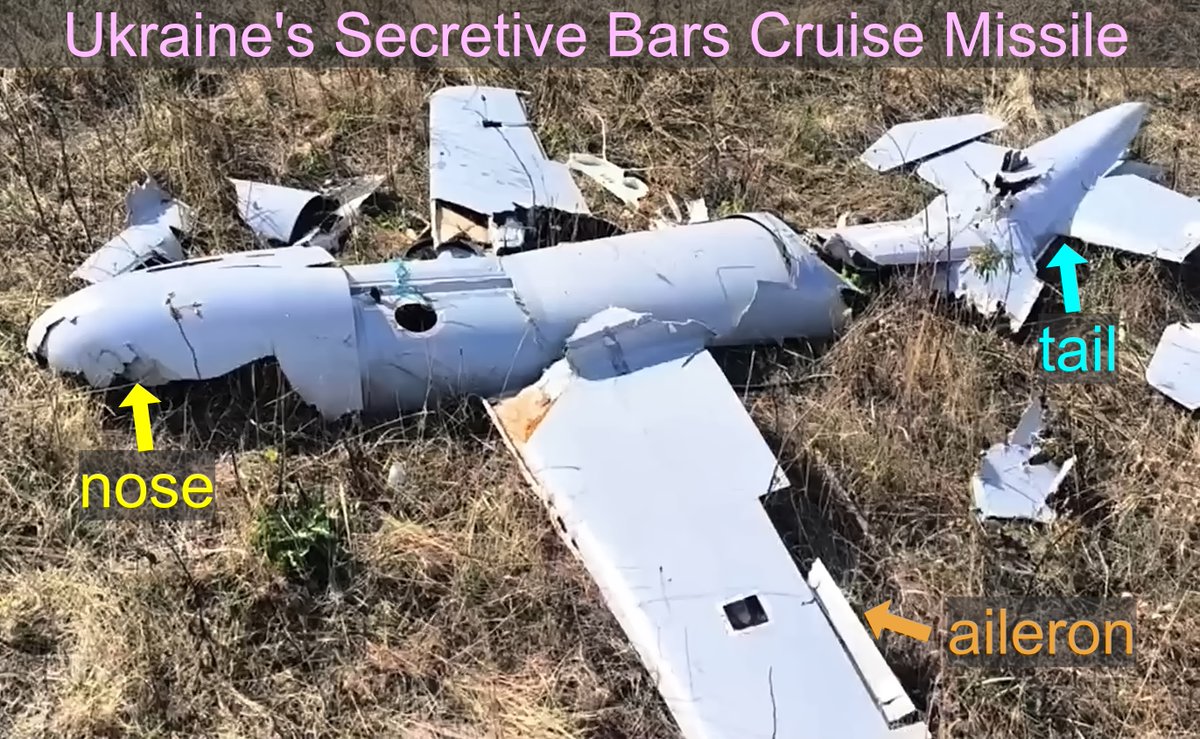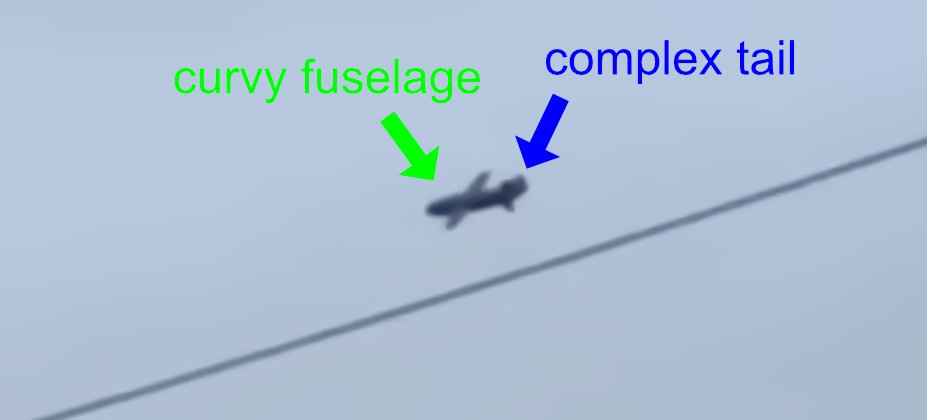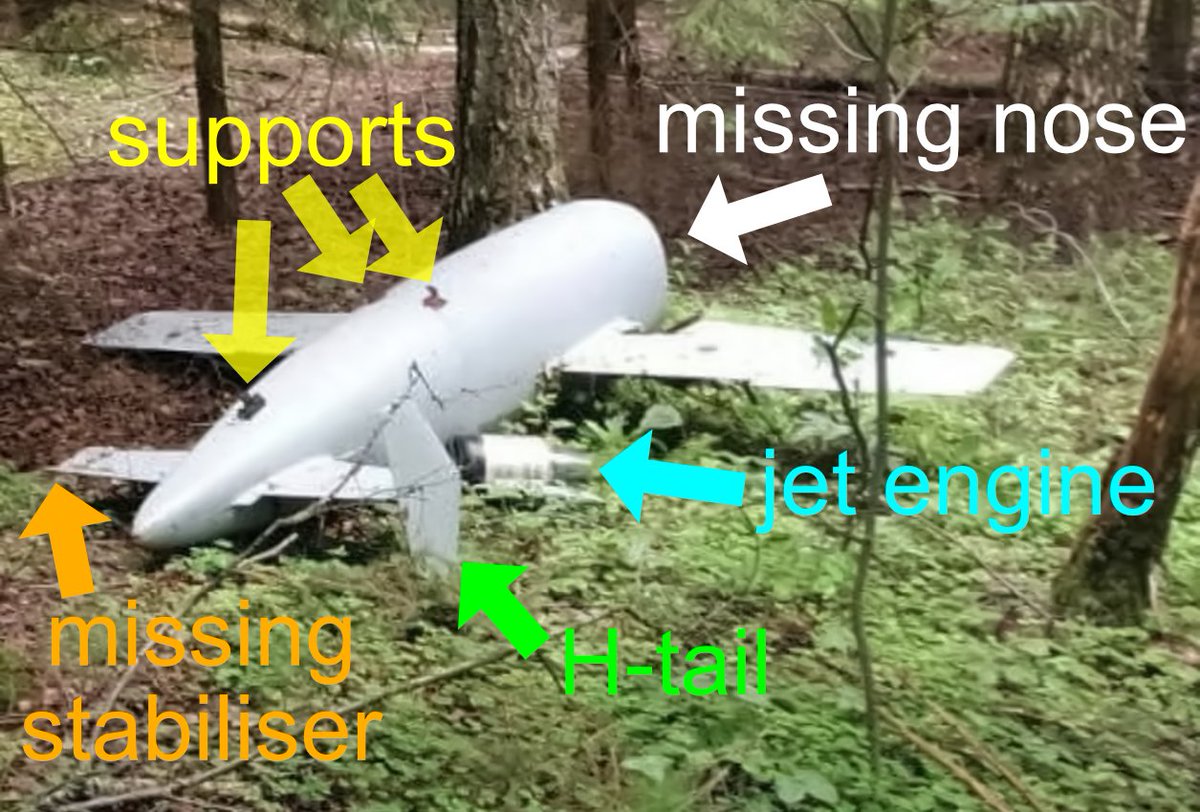1. Strategic bombing from balloons? Ukraine is using low-cost balloon technology combined with modern electronics to bomb Russia. A few of these balloons crashed thus providing a better look. Note that the following photos are a mix from different crashes.
t.me/azimut_31/375
t.me/azimut_31/375
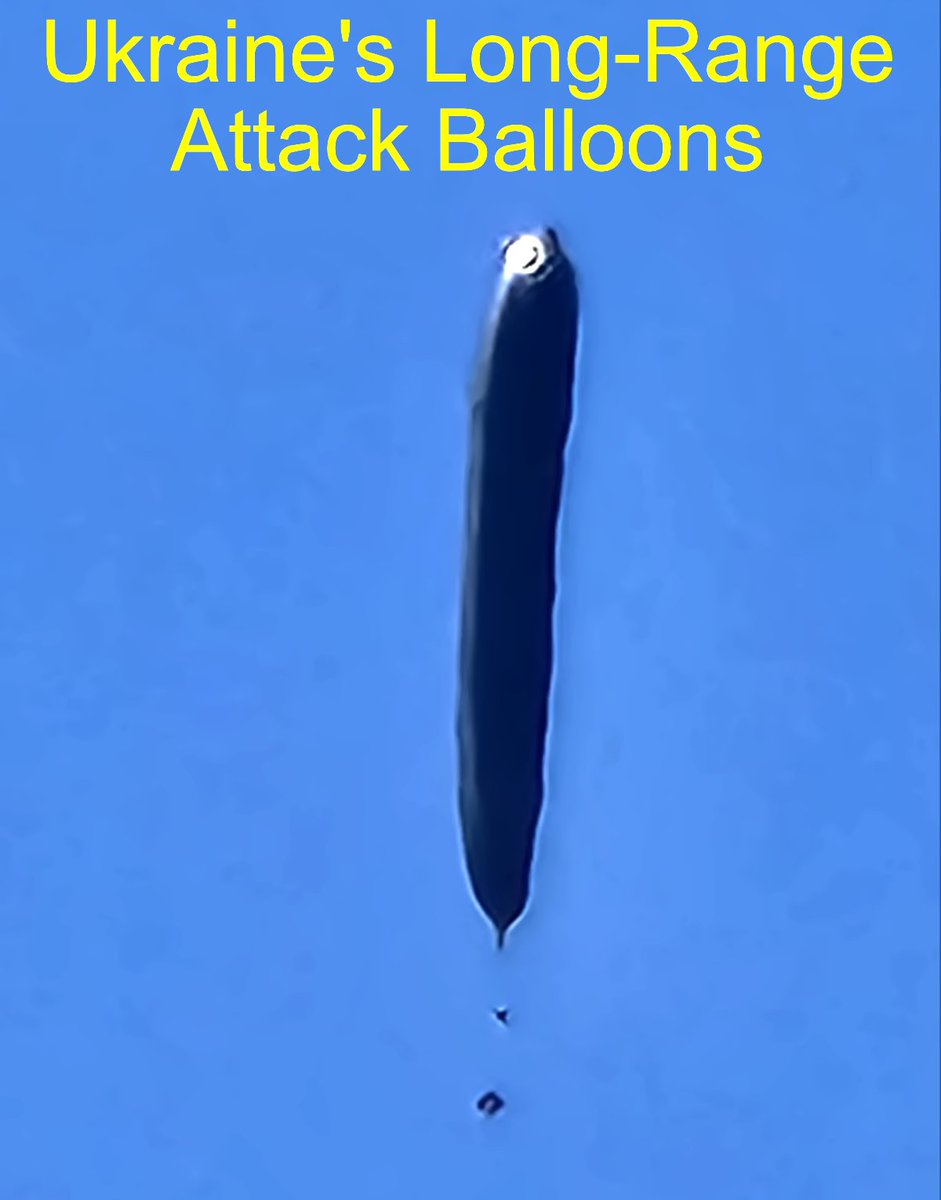
2. The balloon is a long black cylinder filled with either helium or hydrogen gas. Hydrogen can lift more weight and is much cheaper. The payload is distributed along a string beneath the balloon. 

3. This photo gives a better idea of the payload. There is a pop bottle followed by a container holding the controller electronics. Next in line is a tracking device. At the bottom is a munition. 

4. The controller is housed in a cylinder that has 3D-printed end caps. The munition is supported by a string that passes through a wire loop. This wire loop is an important part of how this system works. 

5. The wire loop is connected to a controller board by two wires. There are three 9V lithium batteries. Both the cylinder and tracker are covered with thermal insulation. 

6. A Bluetooth module is the brains of the balloon. This module can enable a relay (via a transistor) to pass current through the wire loop that holds the string for the munition. The loop will become very hot melting or burning through the string thus releasing the munition. 

7. The Bluetooth (microcontroller) module looks like a low-cost ESP32-H2-Mini-1 by Espressif. Bluetooth might be used by the ground crew to ensure proper operation during launch, i.e., the controller is powered and the GPS has signal. 

8. The GPS module is a model GP1818MK. These are widely available and cost about $20. Cutting off the battery makes no sense and likely wrecked the module. 

10. Specifically, it is a Spot Trace made by SPOT (owned by Globalstar). This device sends GPS location data directly to communication satellites. Ukraine would receive this location information at intervals of a few minutes depending on the tracking plan. 

12. The empty pop bottle is an enigma. Another crashed balloon also had one. Note there is no tracking device on this balloon but there is a controller. 

13. Pop bottles have also been seen on Russian balloons. In this case the balloons had radar reflectors and were likely intended to waste Ukraine’s air defenses.
t.me/VA_Kyiv/943

t.me/VA_Kyiv/943

14. Here is closer look at the empty pop bottle secured to a Russian balloon. Please comment if you know what these bottles are for. 

15. It seems unlikely that Ukraine’s balloons would cause significant damage. They are likely intended as a nuisance for Russia and also provide information for Ukraine’s long-range drone attacks. If shot down by air defence, the tracker will provide the location to Ukraine.
16. One unknown is how high these balloon fly as this would affect their accuracy and vulnerability. Regardless they would be very distracting for Russia’s defences.
If you found this thread interesting, please repost as a quotation. Comments are appreciated.
If you found this thread interesting, please repost as a quotation. Comments are appreciated.
17. (ps) One question is, why did this balloon crash? A photo of the backside of the controller board may give an answer. Generally, the quality of soldering does not look very good. There is possibly one cold joint and one short. (Ukraine, please do a better job.) 

18. (ps) Thanks to @en129 and @nojiri_h for finding out the exact circuit board used for the microcontroller. It is a Beetle ESP32-C3. It comes with an expansion board that is not used in the balloon. 

• • •
Missing some Tweet in this thread? You can try to
force a refresh

